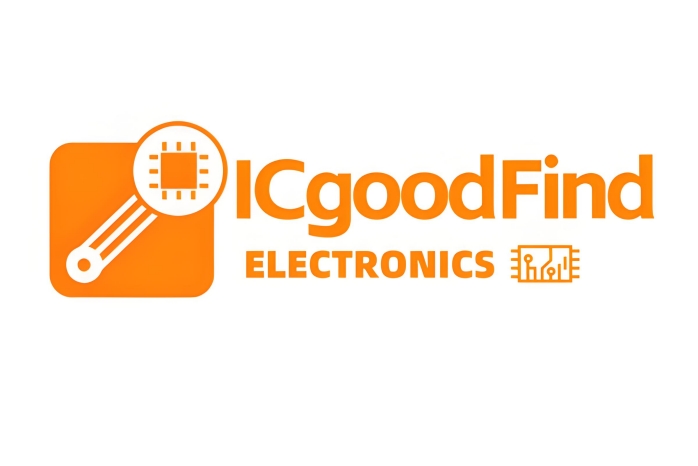**ADM488AR: A Comprehensive Guide to the RS-485/RS-422 Differential Bus Transceiver**
In the realm of industrial control systems, telecommunications, and building automation, robust and noise-resistant data transmission over long distances is paramount. The **ADM488AR from Analog Devices** stands as a quintessential component engineered specifically for this challenging task. As a low-power, high-speed differential bus transceiver, it is designed to meet the stringent requirements of both the **RS-485 and RS-422 standards**, making it a cornerstone for implementing reliable network interfaces.
**Understanding the Core Technology: RS-485/RS-422**
RS-485 and RS-422 are standards for differential communication. Unlike single-ended signaling (e.g., RS-232), which uses a single wire referenced to ground, **differential signaling transmits data using a pair of complementary signals (A and B lines)**. The receiver interprets the information based on the voltage difference between these two lines. This inherent design offers a significant advantage: **superior immunity to common-mode noise**. Electrical noise picked up along the cable run tends to affect both lines equally. Since the receiver only cares about the difference between them, this noise is effectively canceled out, allowing for longer distances (up to 1200 meters) and higher data rates (up to 10Mbps for the ADM488AR).
**Key Features and Specifications of the ADM488AR**
The ADM488AR integrates a driver and a receiver into a single 8-pin SOIC package, offering a compact and efficient solution. Its notable specifications include:
* **High Data Rate:** Capable of operating at speeds up to **10 Mbps**.
* **Low Power Consumption:** Typically draws only 300 µA of supply current, making it suitable for power-sensitive applications.
* **Wide Common-Mode Voltage Range:** The receiver features a wide input voltage range of -7V to +12V, allowing it to handle significant ground potential differences between nodes on the network.
* **Enhanced ESD Protection:** The device is equipped with robust Electrostatic Discharge (ESD) protection, safeguarding it from transient voltage spikes often encountered in industrial environments.
* **Tri-State Outputs:** Both the driver and receiver feature tri-state outputs, enabling **multipoint bus applications** where many devices can share the same communication line.
**Application Circuits and Network Topology**

The ADM488AR is typically deployed in **half-duplex communication networks**. In this configuration, a single twisted-pair cable is used for both transmitting and receiving data. The device's driver outputs and receiver inputs are connected to this common bus. A critical design element is the use of **termination resistors** (typically 120Ω) placed at both ends of the main bus cable. These resistors match the characteristic impedance of the cable, preventing signal reflections that can cause data corruption. The ADM488AR excels in creating robust multi-drop networks, connecting up to 32 transceivers on a single bus.
**Design Considerations for Optimal Performance**
To ensure a stable and error-free data link, several factors must be considered:
1. **Bus Biasing:** In a half-duplex network, when no node is transmitting, the bus enters an idle state. Without a defined voltage level, this can lead to undefined receiver output and increased susceptibility to noise. Implementing **fail-safe biasing** with resistor networks ensures the bus defaults to a known, logical state (e.g., logic high).
2. **Grounding:** Although differential signaling is forgiving of ground shifts, a single-point ground or a ground wire run parallel to the data pair is recommended to minimize the common-mode voltage range the receiver must handle.
3. **Cable Selection:** Using a high-quality, twisted-pair cable with a characteristic impedance of 120Ω is essential for maintaining signal integrity at high speeds and over long distances.
ICGOOODFIND: The ADM488AR is an exceptionally reliable and high-performance integrated circuit that simplifies the design of robust long-distance data links. Its compliance with key industry standards, low power profile, and integrated protection features make it an **indispensable component for engineers** building systems for industrial automation, instrumentation, and telecommunications infrastructure. Its ability to facilitate stable communication in electrically noisy environments solidifies its status as a go-to solution for differential bus interfacing.
**Keywords:**
RS-485
Differential Signaling
Bus Transceiver
Common-Mode Noise Rejection
Half-Duplex Communication
